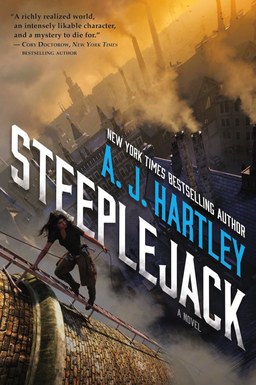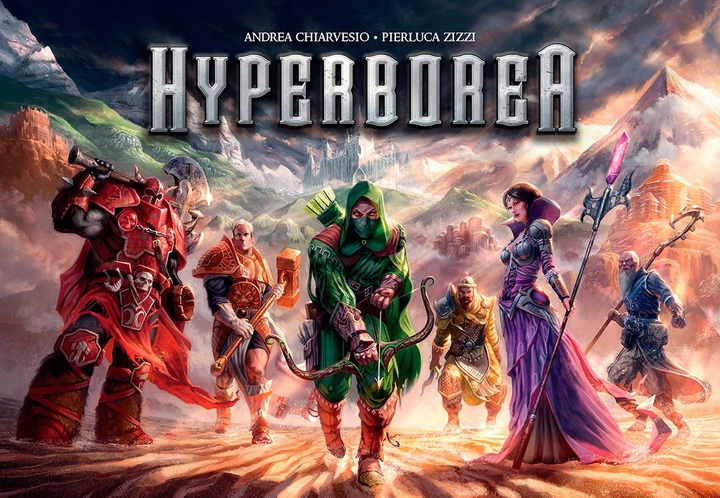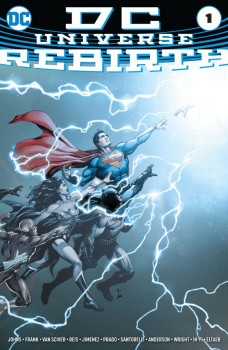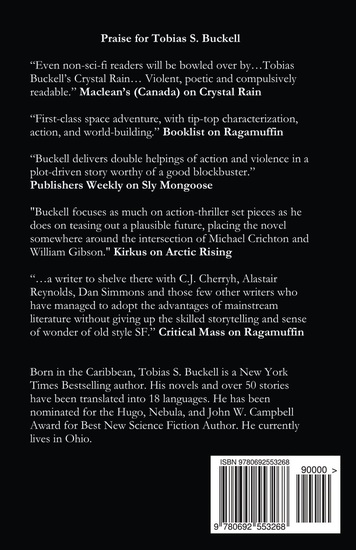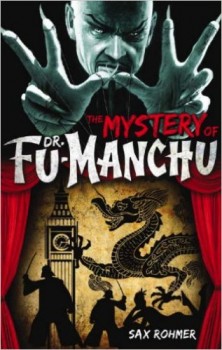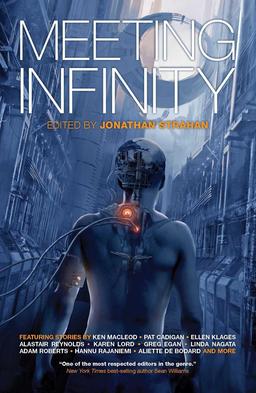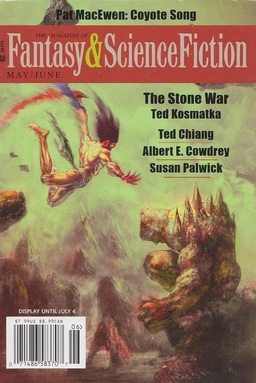Self-published Book Review: The Chained Adept by Karen Myers
If you have a book you’d like me to review, please see this post for instructions to submit. I’ve received very few submissions recently, and I’d like to get more.
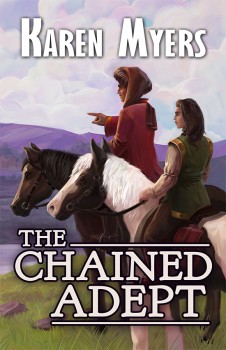 This month, we look at The Chained Adept by Karen Myers.
This month, we look at The Chained Adept by Karen Myers.
Penrys has worked at the Collegium—a college of wizards—for the past three years, but she’s not from there. No one knows where she’s from. She has enough magical knowledge and power to frighten the wizards of the Collegium, but she has no memories prior to being found lying naked in the snow and no clues as to her origins aside from the chain she wears around her neck and her furred ears, neither of which anyone has seen before. The Collegium gave her the title of adept and access to their library, but her research taught her less about herself than about the use and creation of magical devices. When one of those devices flings her halfway around the world, she only discovers more questions.
Penrys finds herself in an army camp under magical attack. After helping to defeat the attack, she is put under the watchful care of the wizard Zandaril, who is from the nomadic horse-herders of Zannib. His nation is renowned for its mind-wizards, but even he is in awe of what Penrys can do with her mind-magic. It goes far beyond telepathy to learning skills and language from those nearby and detecting people and even animals at incredible distances. It’s more than enough to make the Kigali army suspicious. The Kigali have no wizards, which explains why they turned to the allied nation of Zannib for magical assistance for their expeditionary force. They’re investigating rumors of an invasion in the Neshilik region.
Penrys soon makes herself useful, uncovering a plot to sabotage the camp, and thereby earns enough trust to be sent on a scouting mission with Zandaril to find out what they can about the Rasesni invaders’ wizards. They soon discover that the Rasesni are not so much invading as fleeing, and that what they’re fleeing has much to do with Penrys’s forgotten past.


